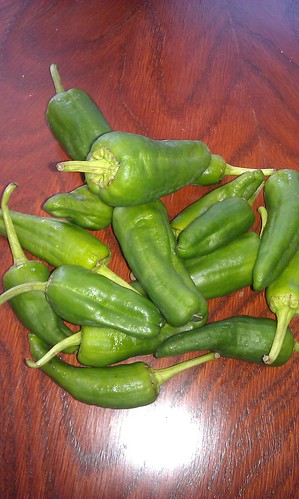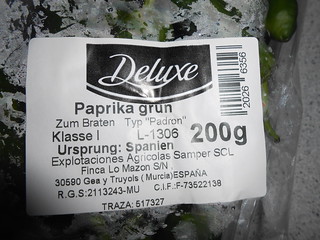Glossary P
Deutsch: Pilsner / Español: Pilsener / Português: Pilsner / Français: Pilsner / Italiano: Pilsner
Pilsner is a type of pale lager beer that originated in the Czech city of Plzeň (Pilsen) in 1842. Known for its golden colour, crisp taste, and hoppy flavour, pilsner is one of the most popular beer styles worldwide. It pairs well with a variety of foods, making it a versatile choice for casual and fine dining alike.
Other definition:
Pilze is a German word for mushrooms, examples are Champignons, Steinpilze, or Trüffel
Deutsch: Paprika / Español: Pimentón / Português: Pimentão / Français: Paprika / Italiano: Paprica
Pimentón is a type of paprika, a ground spice made from dried red peppers, and is a staple in Spanish cuisine. It comes in various forms, each with distinct flavors, such as sweet (dulce), bittersweet (agridulce), and hot (picante). Pimentón is known for its vibrant color and rich, smoky flavor, which it imparts to a wide range of dishes.
Pimientos de Padron is also simply known as Padron, a variety of non-spicy pepper which originated from Padron, Galicia, Spain. In Spain, they are often serve as Tapa.
Padron is called Bratpaprika or Paprika grun in Germany.
Brat is translated as fry, roast or grill. Bratpaprika literally means "frying pepper", pepper intented for frying grilling or roasting and served as a side dish.
I love Padron very much. Whenever they are available in the supermarkets, I buy some packs and sautee them in olive oil and a bit of salt, sometimes I put a little amount of soy sauce and it taste good, too.
Below are pictures of fresh Padron and my sauteed Padron.

Padron being sauteed in Olive Oil and Soysauce, below with a dash of lemon juice, my own invention

This Padron travelled all the way from Spain to Germany.

Deutsch: Pinagong / Español: Pinagong / Português: Pinagong / Français: Pinagong / Italiano: Pinagong
Pinagong is a traditional Filipino bread known for its distinct turtle shell-like pattern on top, which is where it gets its name – "pagong" meaning turtle in Tagalog. This bread is a type of hard bread with a slightly sweet taste and a dense, chewy texture. It is typically enjoyed as a snack or breakfast item, often paired with coffee or hot chocolate.
Deutsch: Pinais na Isda / Español: Pinais na Isda / Português: Pinais na Isda / Français: Pinais na Isda / Italiano: Pinais na Isda
Pinais na Isda is a traditional Filipino dish that involves wrapping fish or shrimp in banana leaves with a mixture of coconut milk, garlic, ginger, and sometimes other ingredients like tomatoes or chili peppers. The wrapped fish is then steamed or grilled, allowing the flavors to infuse into the seafood while keeping it moist and tender. This cooking method not only imparts a distinct aroma and flavor but also preserves the fish, a technique deeply rooted in Filipino culinary tradition.
